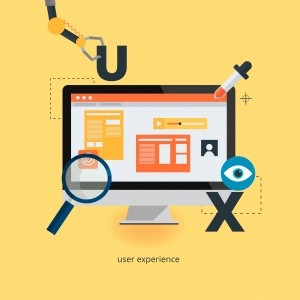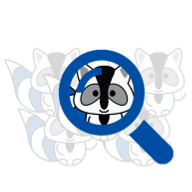
UX Design best practices Start the discussion!

What is UX?
UX stands for User Experience. It about what, where, when, why, how, and who uses the product?
So basically, user experience is everything that affects a user’s interaction with that product. The job of a User Experience Designer is to ask questions about what the user may be thinking. This will generally be very important to them, but they also have to keep in mind the needs of the business.
When the word ‘product’ is used, it applies to web apps, mobile apps, desktop apps, or even physical products.
There is little point in having a great product that users appreciate if it doesn’t actually help the business making it. The aim of a UX Designer is to achieve the point where the user’s needs and the business’ needs meet. There are many tools available, and UX Designers learn a wide set of techniques to think about the user’s needs along the entire life cycle of their product. The word ‘product’ can refer to web apps, desktop apps, phone apps, or physical products.
How does it affect you?
As you pay closer attention to UX, your product becomes better. It becomes user-friendly and so people like to use it, as opposed to a product that people don’t like using. The process of UX Designers revolving their thought process around the user is called ‘user centered design.’ Contrary to popular belief, in this way UX Design is less like art and more like science. UX Designers use analysis and measurement to figure out human behavior for improvement purposes. This is why people should not be put off by a career in UX if they do not consider themselves particularly creative or artistic; the visuals are only a small part of what UX Design is all about.
Why is UX Important for Businesses?
It helps you figure out your goals.
If we take building a website as an example: As a UX Designer, you will figure out a lot about your own company or the client. When researching the project in question, you’ll learn so much about a range of company aspects. This is with the aim of gathering different perspectives to work out what approach will be the most successful. A big part of a UX Designer is to gather various feedbacks in order to plan accordingly. Different areas of a project may have differing goals, and so the differing goals will have an effect on what you do as a designer.
It helps you figure out your audience.
When you are more clued in to the company’s goals, you can start working out who your audience is. You can do this by researching your customer base, and then creating fictional characters based on the real people that use the website. The user community will likely be very diverse, and will have different backgrounds and needs. This will be helpful to you because you will then be able to segment the customers, and find out what you can provide that will lead to increased engagement and hopefully more leads or sales.
It helps you with organization and content creation.
When you know your goals and audience, you will have a much better idea of what to create to cater for your users.
When you know what your audience are looking for, you can create relevant and interesting content for them. You will have insight into the type of information they require when they visit your site, and you can go about creating it based off this information.
What you put on the website involves 2 main things: what you say and how you say it. This will be the written content and HOW it is written. This takes into account headlines, short sentences, paragraphing, etc. How you say it refers to tone and voice. So, are you fun and playful? Or will you be more serious and focused? All of this relates directly to the company’s branding, and what people will expect from your company.
It helps you save money.
Carefully examining the research you have done and using it to make smart choices will enable you to make a more durable website; one that will be relevant for longer and go a longer time without needing adjusted. Making a good first website will force you to make only small, continuous improvements rather than expensive re-hashes often.
It helps you make money.
By doing the research and planning, you can create a website that works for both your customers and organization. If you know your customers, create engaging content, and provide a good service, everything should fall into place. When this happens, you will get a big return on all of the time and effort that went into building your site.
By carrying out the appropriate research and planning for UX, you will create a website that produces relevant content for your users, be engaging for your audience, and cause potential customers to stay on your website for longer, hopefully resulting in increased transactions.
If you'd like to know more about UX, check out these links:
Most popular best practices
 This video explains how to stay relevant in the new digital era of design.193Discussfree
This video explains how to stay relevant in the new digital era of design.193Discussfree by AJ & Smart
by AJ & Smart

How to Create a UX Portfolio Without Much Experience
Sarah Doody, UX Designer, explains how you can create a unique UX Portfolio without much experience.294Discussfree by Sarah Doody
by Sarah Doody

Things You Should Be Doing Daily to Stay Sharp in UI/UX Design
Mike Locke explains the things every UI and UX designer should be doing daily to stay on top in the marketplace.262Discusslibrary_addfree by Mike Locke
by Mike Locke

How to Improve Your UX/UI Skills
Maex talks through how you can improve your work as a UX/UI designer by recommending some great material and articles.209Discussfree by Maex
by Maex

7 Steps to Become a UX Designer With No Experience
This video explains the steps to take to become a better UX designer, with no experience!310Discussfree by Beginner Tuts
by Beginner Tuts

UX Design 1: How To Design a Website: Site Audit
This video gives you a step-by-step explanation on how to design a website, using a blind client as an example.199Discusslibrary_addfree by The Futur
by The Futur








